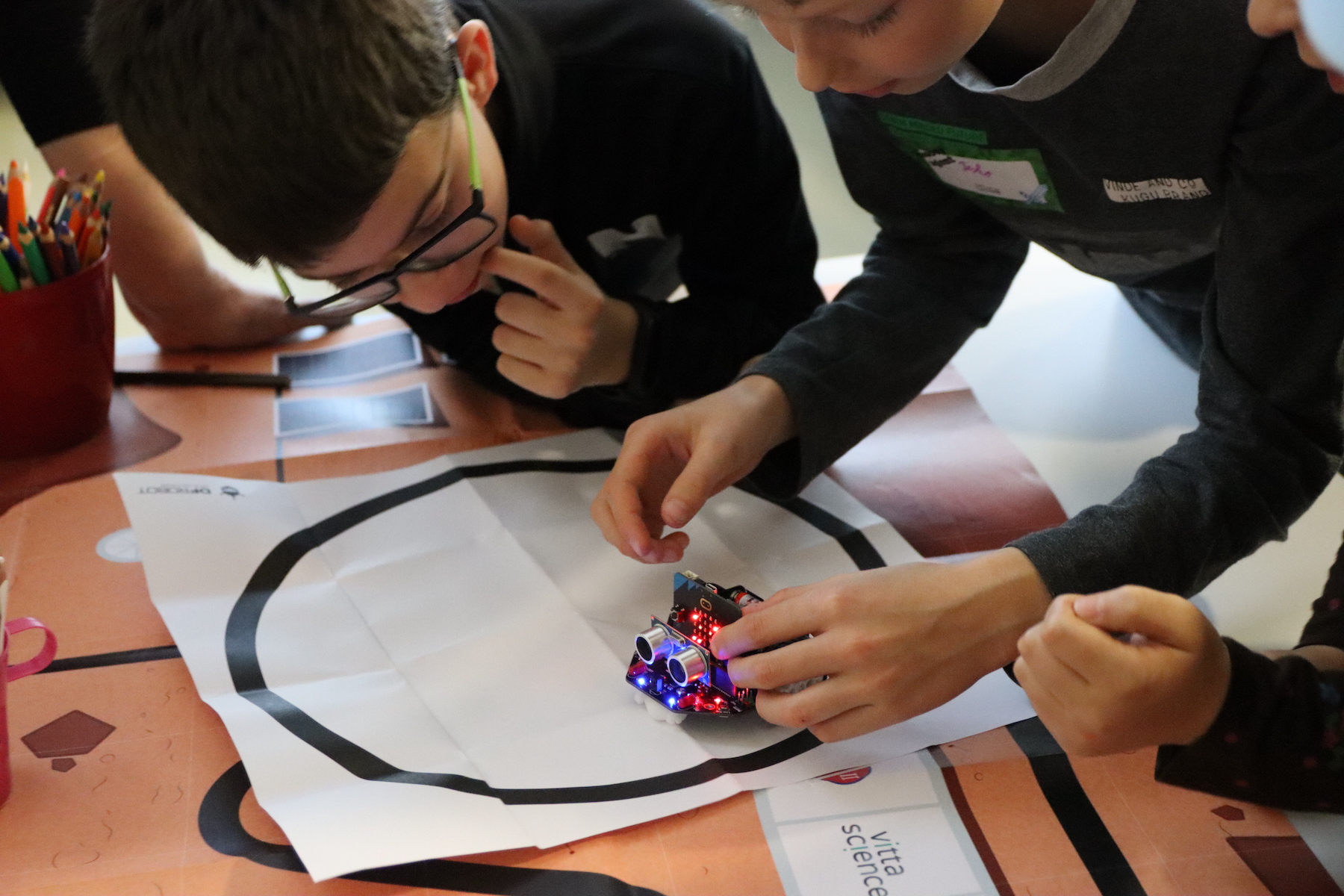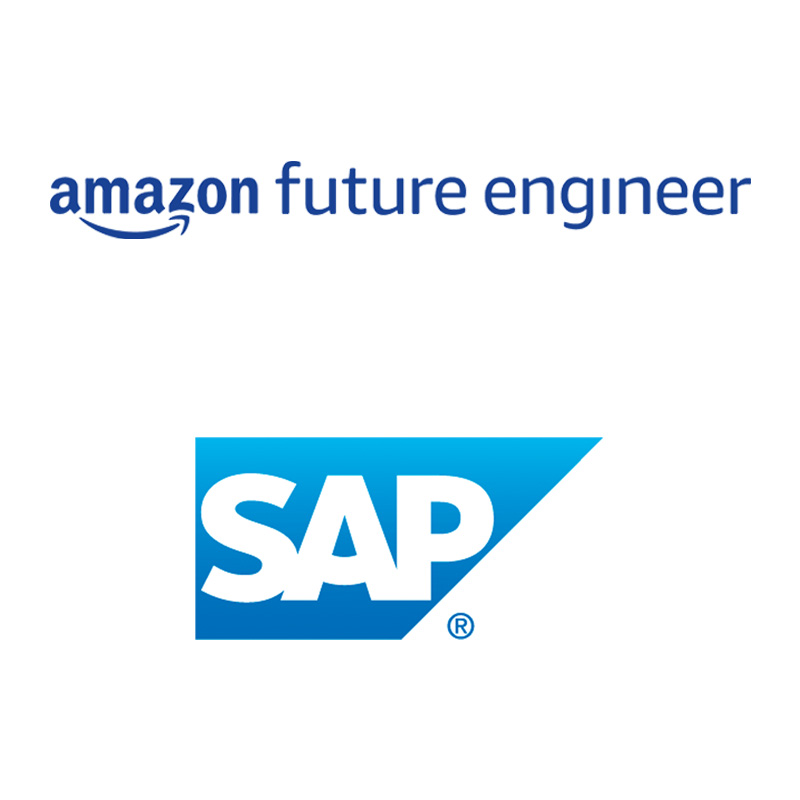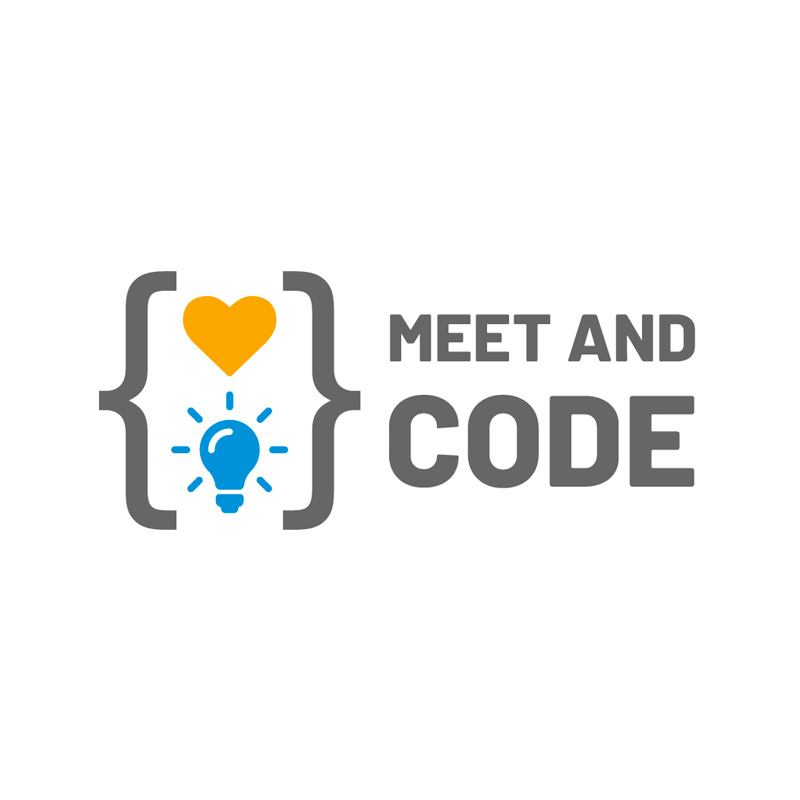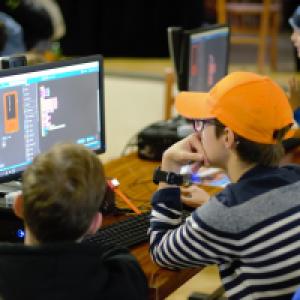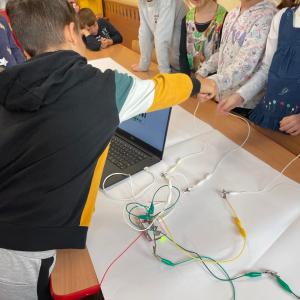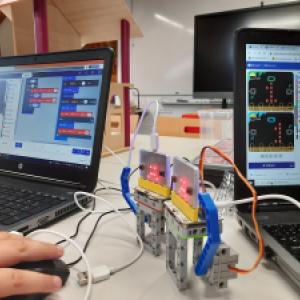“Not for her?”
“I have three daughters, aged 2-8 years old. When I see what they are learning in school and the jobs they have in mind for their future careers, I realise that it's working the same way school did when I attended. I recently experienced an eye-opening moment when my 8-year-old daughter told me that maths is ‘not for her’ because she is a girl. She is from a privileged household with a father who is interested in (and exposing her to) tech, and yet she already has these gender-biased beliefs at such a young age!”
These are the words of Michael Vollmann, Europe Lead Education, Amazon in the Community. While he humbly states that he’s merely interested in tech, it's worth noting that his role with one of Meet and Code's key partners has been instrumental in driving the programme's impressive expansion.
Meet and Code empowers children and youth across Europe with digital skills to ensure that everyone is armed with the necessary knowledge to create a better future. They do this through engaging and educational workshops and events. These are not your usual eye-glazing seminars; rather, kids are given the coding acumen necessary to unleash their creativity and explore. Thanks to strong partnerships — Amazon, SAP, Haus des Stiftens, TechSoup Europe and hundreds of grassroots organisations— the programme is able to reach more kids who are at risk. As a result, they are able to mint a diverse pool of possible future leaders in the field of science, technology, engineering and maths (STEM).
The example of Michael’s daughter shows how ingrained the problem he’s trying to solve can be: if you’re young, and especially if you’re a girl, you need constant support to succeed in STEM. As kids get older, more of them get discouraged; and they’re more likely to say, “not for me.”
After Michael’s eye-opening moment, he showed his daughter some coding tools — Scratch Junior, micro:bit and Calliope, kid-friendly coding education apps, some of which Meet and Code uses — and saw how she “caught fire with the topic.”
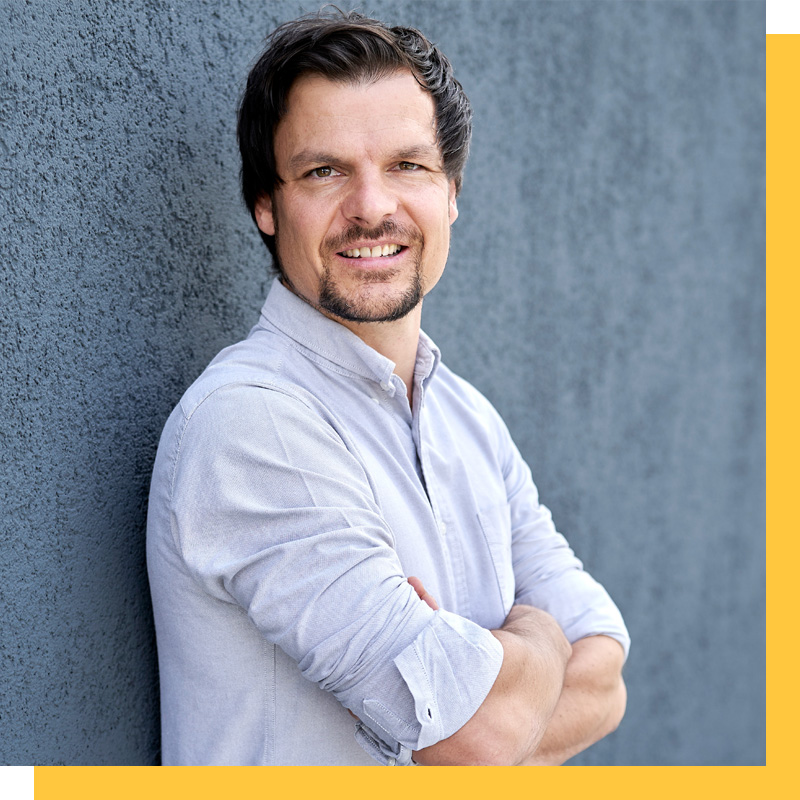
This is the effect to which Meet and Code aspires. But “catching fire” doesn’t always start at home – indeed, Michael’s home is exceptional in the kinds of tech his daughters get to play around with. And if school doesn’t provide the entry point kids need either, Meet and Code is there to fill the gap.
Purpose
Meet and Code allows children and youth to meaningfully access the digital world. Founded in 2017 by Haus des Stiftens, SAP and TechSoup Europe, the programme sponsors workshops and events which have been designed to get kids and youth enthused about coding.
The purpose is to close the digital divide: “to make sure young people from underserved and underrepresented communities are not left behind in Europe’s quest for digital skills for all,” according to Clemens Frede, Managing Director at Haus des Stiftens.
The transition to an economy that’s fair, green and digital will require solid competencies. Since innovation, inclusivity, cohesion and sustainability are all stated objectives of boosted digital skills, the programme’s goals cross several Sustainable Development Goals (SDGs): Gender Equality (SDG5), Reduced Inequality (SDG10), Sustainable Cities and Communities (SDG11), Climate Action (SDG13), and Partnerships for the Goals (SDG17).
Meet and Code crosses these thematic areas because digital skills do as well — or, to look at it another way, digital skills gaps. Meet and Code has been able to achieve a remarkably wide geographical reach — 35 participating countries since 2017 — in part because their events are hosted by ground-level non-profit organisations. This enables an effect where trusted educators from local communities can keep building on kids’ progress, where support is tailored to need, and which honours “Europe’s vast diversity in languages, cultures and educational systems,” according to Michael.
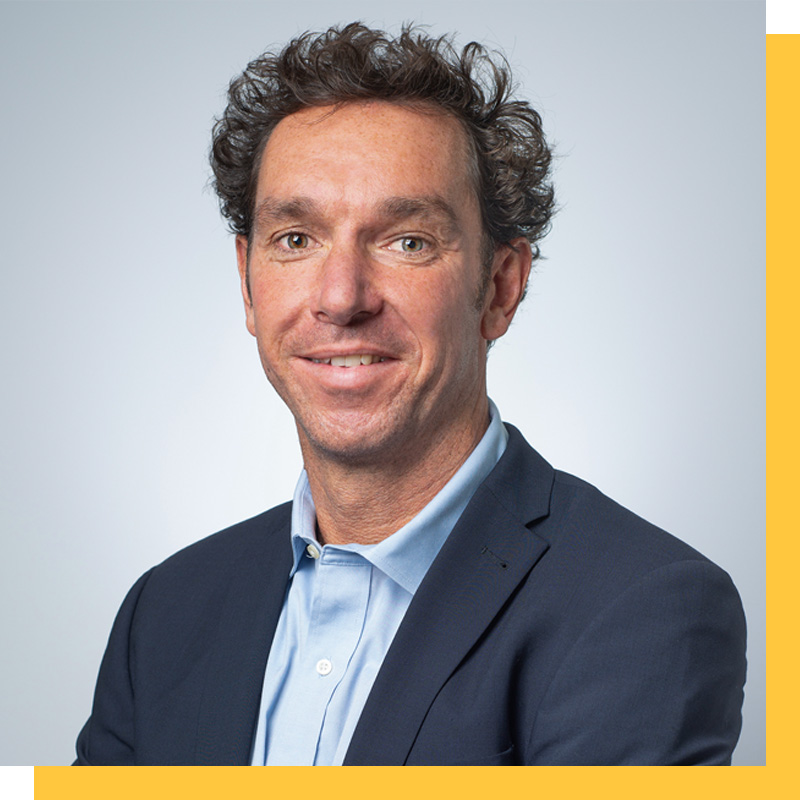
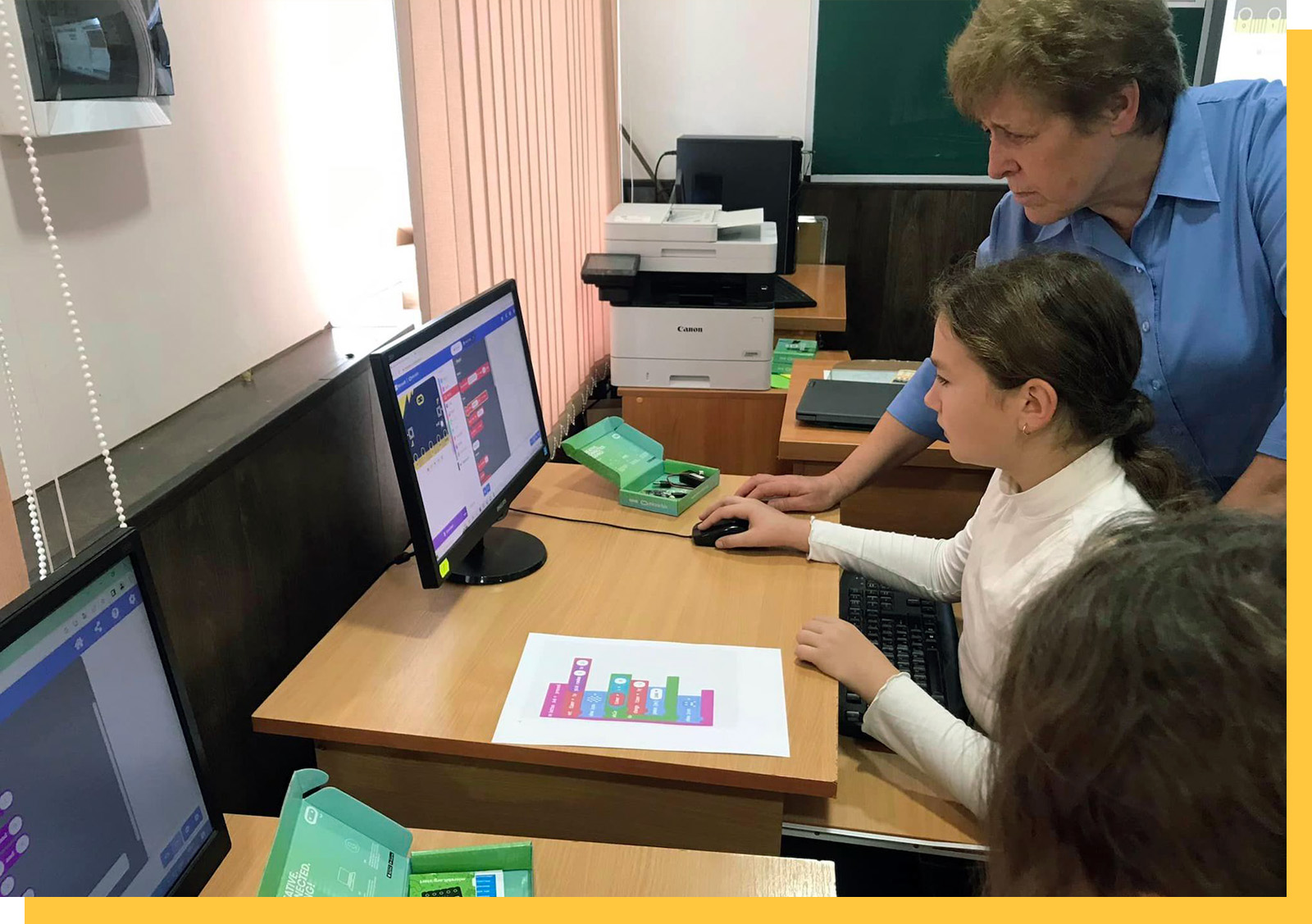
Partners
Behind Meet and Code are the organising partners Haus des Stiftens TechSoup Europe — along with the respective country partners of the TechSoup Europe network – and the main donor partners — Amazon and SAP — that enable the initiative by providing financial support and resources for participating nonprofits.
Claire Gillissen-Duval, Senior Director for SAP EMEA and MEE Corporate Social Responsibility (CSR) said that “collaboration is key to closing the digital skills gap in Europe and achieving the EU Commission's target. By working together, businesses, educational institutions, and non-profit organisations can create a comprehensive approach to digital skills development that considers the needs of different groups and leverages the unique strengths of each stakeholder.”
Claire added that “as someone who is passionate about digital literacy, I am thrilled to see what we have in store this year. Aside from seeing more of Europe’s youth improve their digital skills, I am excited to see how our collaboration with public and private stakeholders will help us achieve our common objectives.”
This year, Amazon stepped up to become a full programme partner alongside SAP. While they tested the waters by serving as a local partner in selected countries in the past, they are now “donating half of the programme’s budget, co-own the programme design, support coding workshops and contribute to the programme in all European countries,” said Michael.
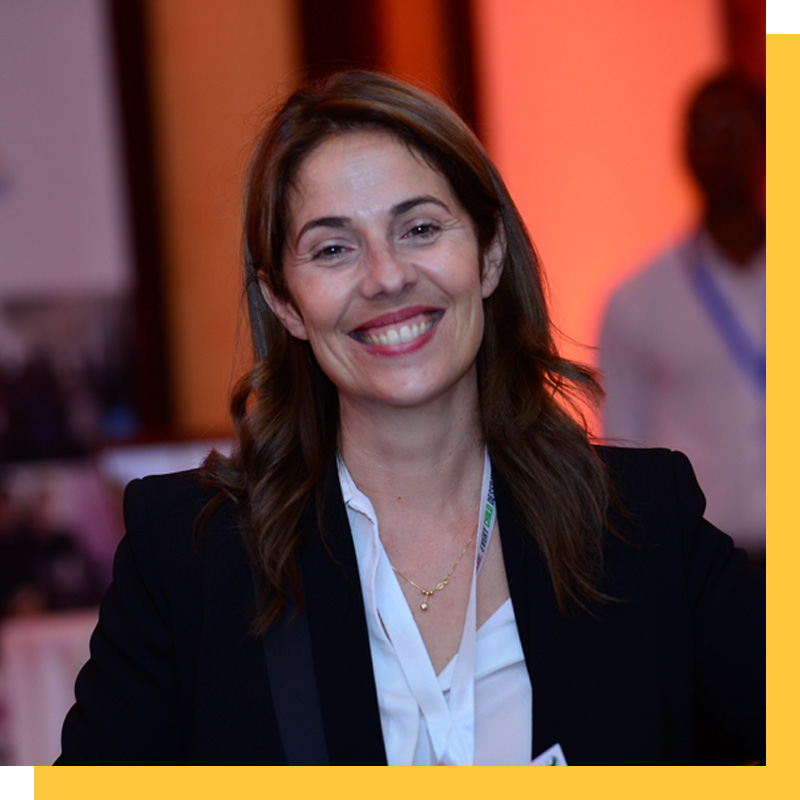
And, since they’re Amazon, they bring a unique set of resources to Meet and Code with their childhood-to-career programme, Amazon Future Engineer:
- Coding curricula, open educational resources and online learning games (eg. in Python) that make teaching digital skills super easy for educators
- Virtual Career tours (on Kahoot!) for everyone to explore the technology used in Amazon fulfilment and understand jobs involved in IT
- Class Chats where Amazonians present their personal career journeys to students and serve as mentoring role models
Bringing these real-world examples to the Meet and Code resource library is a boon to the ever-expanding array of ways to get kids motivated to learn coding. And clearly Amazon Future Engineer is a natural fit as a partner, given the alignment of missions.
“As Amazon Future Engineer has the exact same mission,” said Michael, referring to digital skills for underserved and underrepresented youth, “we realised that we wouldn’t need to reinvent the wheel but join and make what works even stronger together with others. This is what we call collective impact."
Collective
SDG 17: collaboration and partnerships between governments, the private sector, and civil society is vital to achieving any sustainable goal.
Meet and Code benefits from the local partner network of TechSoup Europe. With 26 partner organisations in Europe, TechSoup Europe ensures that Meet and Code is implemented properly through those local partners and run in the respective languages – no easy task. Like this, Meet and Code is able to reach hyperlocal non-profits throughout Europe. As a result, Meet and Code has already taken place in 35 European countries.
The collaborative structure takes shape in distinct levels: thelpartner level; the local partner network, including national NPO partners; and the hyperlocal grassroot organisations, carrying out hundreds of coding events for children and youth.
On the partner level (Amazon, SAP, Haus des Stiftens, Tech Soup Europe) the funding and the overall implementation of the project is ensured.
The local partner network with the respective country partners, ensures that the programme is implemented locally in the respective languages. The network makes sure that Meet and Code events are organised in their countries and provide support for the hyperlocal non-profit organisations.
Hundreds of hyperlocal non-profit organisations organise coding and digital skills events for children and youth on a local level receiving micro grants, content, community and support from the respective country partners.
Non-profits at the local level are essential. Programme alumni can continue to engage with their local organisation to fuel them on their digital journey.
It is part of Meet and Code’s mission to support these grassroots organisations. And the road goes both ways:
“Meet and Code owes its success to the unwavering commitment and efforts of the non-profit organisations that host coding and digital skills events,” said Haus des Stiftens. On the flip side, 68% of non-profit partner organisations surveyed said their events were only possible because of the funding provided.
That's where the donor partners come in.
It’s rare to see companies like SAP and Amazon come together as they do with Meet and Code. Common goals are the reason; both SAP and Amazon are committed to making computer science and digital skills accessible to all students, regardless of their background.
"Partnership and collaboration between big companies’ corporate citizenship programmes is very rarely seen,” Michael pointed out. “Therefore, we are super excited to collaborate with TechSoup Europe and SAP on eyelevel to overcome organisational barriers and create real collaborative impact.”
Impact
Meet and Code measured their impact over the past few years with the help of the Sustainable Business Chair of the University of Mannheim. This has now moved to the University of Hamburg and is held by Prof. Dr. Laura Marie Edinger-Schons.
“Meet and Code stands as a beacon in Germany and throughout Europe,” said Prof. Dr. Edinger-Schons, “focusing on impact-driven empowerment of young people to provide a better understanding of and proficiency in IT.”
The professorship has an excellent methodological, didactic and statistical skill set in the area of impact measurement — from both a practical and scientific point of view — ensuring up to date tools and metrics. The Chair is also a neutral body, ensuring objective reporting.
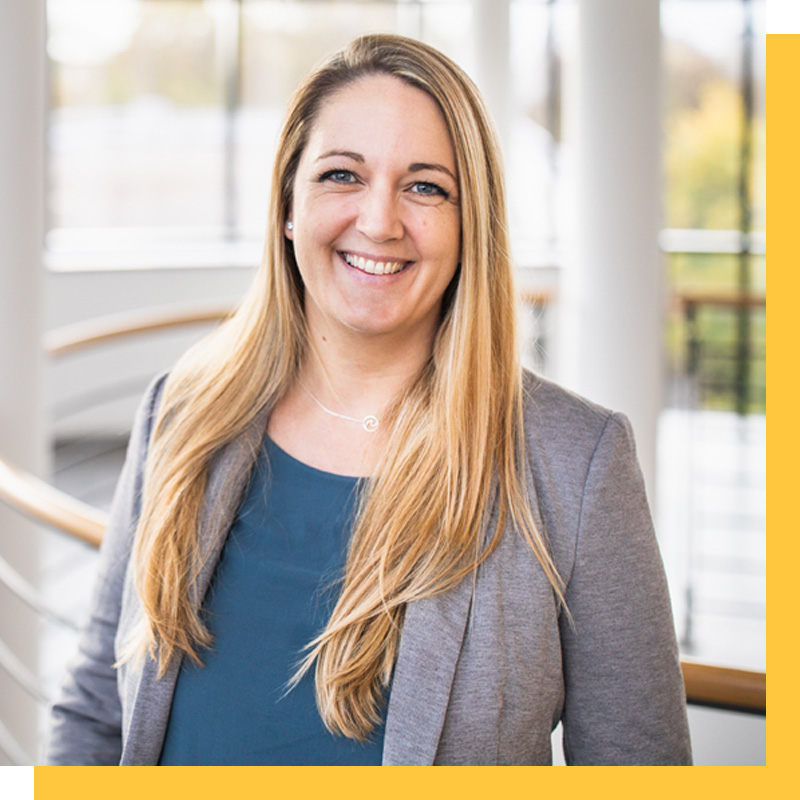
Some highlights, in numbers, from 2022’s report include:
- 33,792 participants across 1,056 events
- 27% of participants with a refugee background
- 42% female participants (notably higher than the 26-28% of female participation in today’s tech workplace)
- 88% (rather) agree that the events were a lot of fun
Since 2017, Meet and Code events have reached a total of over 243,000 young people. But Meet and Code still finds horizons to push towards. In addition to serving the needs of underserved and underrepresented coders, project stakeholders are keen to establish even more partnerships to keep expanding reach.
That includes further collaboration in Brussels, according to Michael: “Amazon Future Engineer and Meet and Code are already partnering with EU Code Week. We cross link to each other, share content, challenges and learning materials. Yet, we would love to even strengthen our bonds and collaborate on ever deeper levels. We still see a lot of room for cooperation and cross-pollination between Amazon Future Engineer, Meet and Code and EU Code Week. Especially on the national and regional levels, we would love to build more visibility for excellent local initiatives, bring our learning and career orientation materials out to even more students, and help train and upskill more educators.”
More collaboration with EU Code Week (happening soon, 7 – 22 October 2023) may be a goal at the organisational level. But on the level of the kids, there’s a plan in the works as well.
Serving the underserved
SDG 10: Reduced Inequality.
The project’s 2022 impact report shows some significant progress towards serving the underserved among youth coders:
- 40% of participants were from low-income households
- 34% of participants had a migration background
- 35% of participants did not have access to their own IT device
To achieve these outcomes, Meet and Code directly inquires during the application process whether events are geared towards or encompass underserved or underrepresented demographics. Meet and Code is also striving to add more partners that target underserved communities, in order to make further inroads via an expanded network.
Michael discussed the value of this approach: “The hyperlocal NGOs coming from underserved communities themselves know best on how to use their networks (and Meet and Codes micro grants) in order to reach and serve the ones that normally fall between the cracks of free educational programmes.”
Despite experiencing the devastating impacts of war, last year, Ukraine hosted 85 Meet and Code-funded events with more than 3,600 participants — placing Ukraine in first place among all Meet and Code countries.
Gabriele Hartmann, Lead Corporate Social Responsibility Germany SAP SE and representative of the founding partners of Meet and Code in 2017 underlines these extraordinary circumstances: “For 2022, I would like to give a special shout-out to our Ukrainian partner Gurt, for providing this opportunity to over 3000 Ukrainian youth despite the ongoing war.”
The Meet and Code team sought feedback from Ukrainian participants, specifically at the VEX Robo Week in Dnipro, organised by Association Noosphere.
“The workshops opened my eyes to endless possibilities for my future career,” said participant Alevtyna. “I want to be a zoologist, and with the knowledge I learned during VEX Robo Week, I think I will be able to control the robot that will be my assistant as I research fauna in the steppes, forests and seas of Ukraine.”
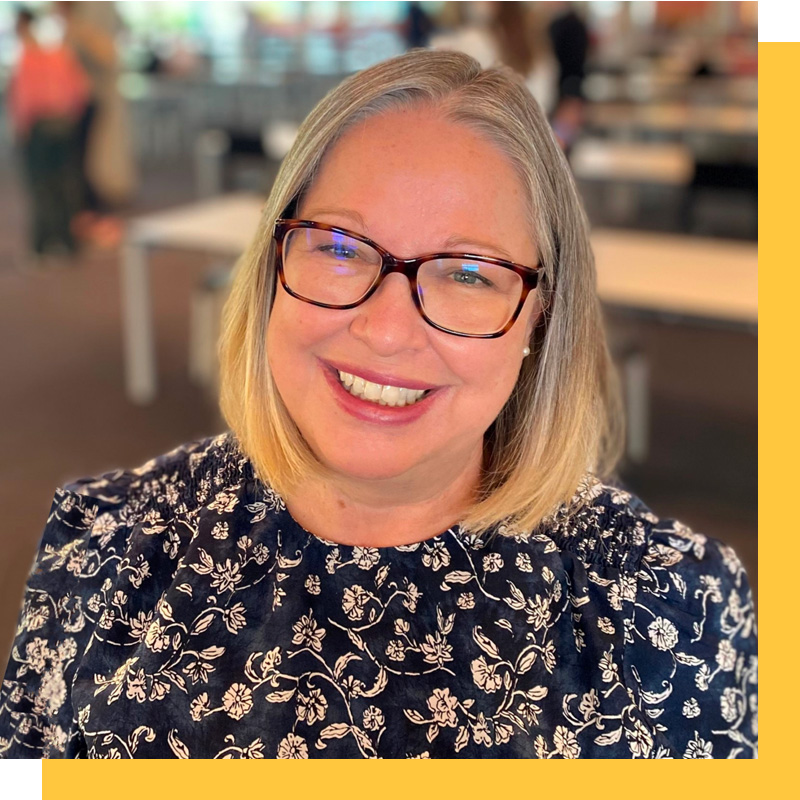
For girls
A girl’s trajectory into STEM fields is perilous, and role models can mean the difference between staying engaged and staying on the far side of the classroom. According to Kira Nirghin, writing on the subject of STEM education for The Economist:
“...young girls become interested in STEM subjects around the age of 11 and then quickly lose interest when they are 15, according to a study from 2017 […]. More girls than boys experience this drop-off because of social pressure, lack of mentors or access to hands-on learning. The enthusiasm does not return.”
Today’s workplace reflects this effect: women make up only 26-28% of the workforce in STEM fields.
And it’s not just the workplace that suffers. UNESCO wrote, in the landmark report Cracking the code, that the under-representation of girls in STEM “is deep rooted and puts a detrimental brake on progress towards sustainable development.” The report goes on to highlight the need to stimulate interest from the earliest years.
That’s precisely the reason Meet and Code exists — to stimulate interest, support potential future STEM professionals and leaders, and undergird the progress towards several SDGs with an empowered field of educated youths. The significance of Gender Equality in this mix cannot be overstated.
Meet and Code meets the challenge with a growing store of coding activities designed to engage girls; in 2022, 25% of Meet and Code events had an intention to tackle the gender gap in IT. Cyborggewebe (Mar de Colores e.V.), the 2020 winner of the Girls do IT! Category of Meet and Code’s awards serves as a great example in this regard. The activity, aimed at girls with a migrant background and focused on improving self-confidence and gender equality in IT and programming, provided participants with a set of instructions, hardware parts, and textiles — all shipped to their homes.
“‘Cyborggewebe’ was an introduction to Arduino coding,” wrote the event’s coordinator, “but creating a specific artistic product as a goal: a garment electronically intervened by the participants. Our activities are designed not only 'for girls’, but with a gender perspective. In other words: with a female trainer as a role model, in a safe space, which aims to equal opportunities for all genders, strengthening self-esteem and empowering girls to achieve the best of themselves.”
For the future
Engaging girls and the underserved in Meet and Code’s programme not only matters because it crosses so many SDGs (indeed it does), but rather, because tomorrow’s tech space begs for new perspectives. Only by growing the presence of the underserved can the digital world ever expect to serve the real needs of people.
On one end, learning how to code at an early age can help a future engineer develop a super fancy banking app that makes billions. Sure.
However, it can also help a future engineer develop an app that reduces food waste, aggregates clean water resources in Africa or helps people with autism find stable employment.
Meet and Code alumni won’t just be making the apps of the future; they’ll also be influencing the way that society harnesses the power of technology. But not just yet. Before they take on that great responsibility, they’ll join the 88% of programme participants seeking to have some fun.
*
Join us at Impact Week, 22-24 November, where stakeholders from Amazon will discuss digital skills for underserved youth in a dedicated workshop!
Partners:



